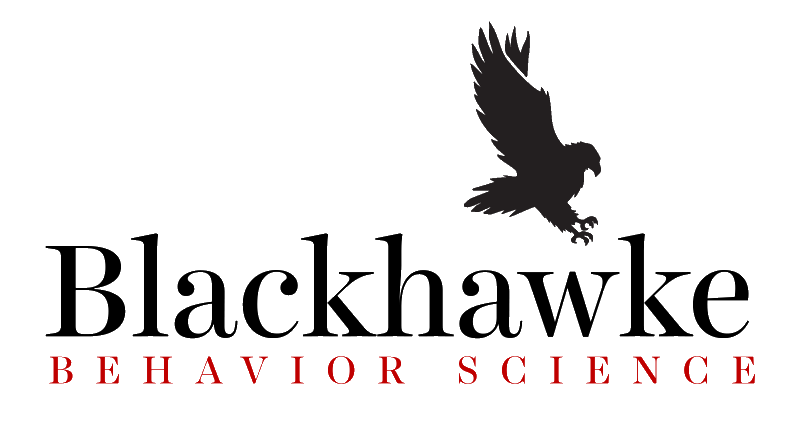By Nikki Blacksmith, Ph.D. & Maureen McCusker, Ph.D., Co-Founders of Blackhawke
Teams make up the backbone of every startup. An “A” team can drive companies to success, but ineffective teams inevitably drive companies to failure. What drives startups to unicorn status: an A+ team.
So what makes an A+ team? Based on decades of studying effective and ineffective teams across a variety of industries, we identified a blueprint for building A+ teams. Below we explain 4 components of the blueprint and how to foster each one.
Open and Frequent Communication
What’s simple: Teams need to talk to each other to succeed. The easiest way to create efficiency and enhance collaboration is to effectively share information and knowledge, awareness, and build trusting relationships.
What’s not simple: People communicate in different ways. When team members know the values of the team or organization, they can better determine priorities and align efforts. Setting behavioral and decision-making norms can preemptively avoid conflict within teams. Below are some action items for communicating effectively:
- Get to know each other’s communication styles and preferences
- Prioritize what requires communication and what doesn’t
- Jointly learn how to provide and receive feedback based on your own personality traits and preferences you’ve discussed
Cohesion
What’s simple: team members who get along will work better together than those who do not. Decades of Industrial-Organizational (I-O) psychology research show that teams who are more cohesive – that is, tightly stick together – are more effective and perform higher.
What’s not simple: how to foster cohesion. Cohesion requires that team members trust each other, communicate with one another effectively, and like each other. Below are some action items to help build cohesion in your team:
- Spend time getting to know one another outside of work
- Take time to formally learn about each others’ personality and understand how it fits with yours and others in your team
- Be authentic and truthful with one another
A Shared Mental Model
What’s simple: when everyone is on the same page about the purpose of the company,its future plans, and overall strategy , it’s much easier to achieve organizational goals and milestones..
What’s not simple: Most members of a team have surprisingly different ideas of the overall mission, purpose, and goals of the startup and how to get there, especially in early stages. This shared understanding of the task is what I-O psychologists call a shared mental model, and it’s critical for team coordination and effectiveness. Below are some action items to help build a shared mental model in your team:
- Have each team member write a description of the purpose, mission, and goals in their own time and in their own words
- Hold a meeting where each member shares his/her description
- Discuss the discrepancies and formalize a shared, agreed-upon mental model, and strategy
- Use that shared mental model as a resource to guide processes and strategies of accomplishing tasks and achieving goals
A Shared Understanding of Roles and Responsibilities
What’s simple: It’s very clear that when it comes to startups, teamwork is more effective than individual work. Teams who divide and share work are more efficient, and in turn are more effective than those who don’t.
What’s not simple: When founder teams work together on tasks that are all so highly interdependent and intermingled, conflict can easily arise due to blurred or overlapping lines of responsibilities and duties. Further, as teams grow – it’s easy to lose track of who is doing what and then redundancies emerge and efficiency is lost. Below are some action items to help avoid this very common cause of conflict:
- Work together to clearly define each person’s role and the responsibilities
- Devote time periodically (e.g., weekly, biweekly, monthly) to specifically discuss ongoing work and identify areas of potential redundancy and synergy
- Discuss and decide upon how decisions are made (e.g., majority vote, consensus) and, if applicable, who the ultimate decision-maker is for each task
About Blackhawke
Using unique psychological assessments and predictive analytics, Blackhawke provides venture capitalists, angels and other investors with a deep understanding of the capability, resilience, motivation, strengths and weaknesses of entrepreneurs and startup management teams. See www.blackhawke.io for more information, or email info@blackhawke.io.






